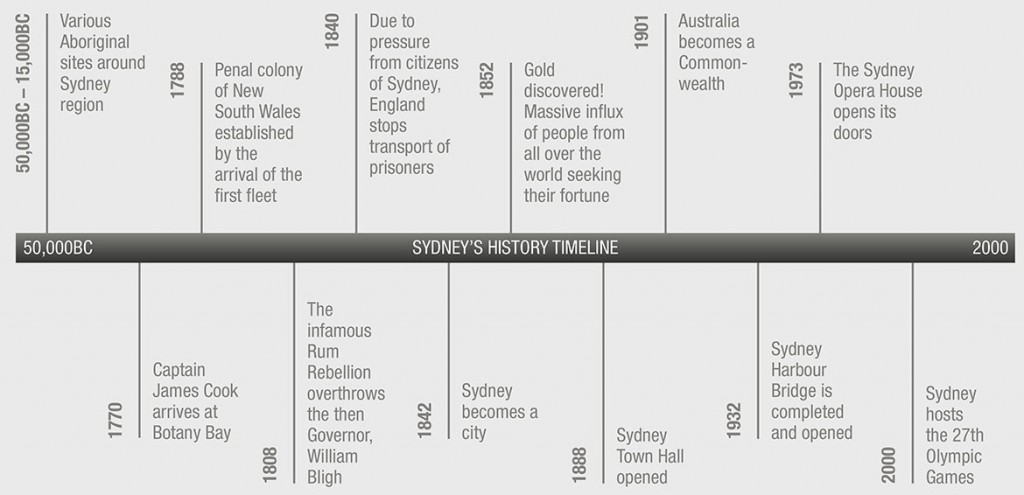
Sydney Harbour, New South Wales
The “most beautiful harbor in the world”, the “jewel in Australia’s coastline crown” … the superlatives keep rolling off the tongue as tourists and residents alike strive to describe the beauty that lies within Port Jackson.
The location of the first European settlement in Australia, Sydney Harbour now contains two man-made “wonders of the world” in the Sydney Harbour Bridge and the Sydney Opera House. Both are now recognisable around the world as a result of feature roles in the start of the Sydney to Hobart Yacht Race and New Year’s Eve celebrations each year.
In his first dispatch from the colony back to England in 1788, Governor Arthur Phillip noted “We had the satisfaction of finding the finest harbor in the world – in which a thousand sail of the line may ride in the most perfect security”.
Geographically, Port Jackson – including Sydney Harbour, Middle Harbour and North Harbour – is a drowned river valley. It is 19km long with an area of 55 square kilometres and a volume of 562,000 megalitres at high tide. The perimeter of the estuary is 317 kilometres.
Sydney Opera House, New South Wales
World Heritage listed Sydney Opera House is a masterpiece of late-modern architecture – admired internationally and treasured by the people of Australia. It was created by Danish architect Joern Utzon and takes on an amazing hue at any time of the day or night.
The distinctive roof comprises sets of interlocking vaulted ‘shells’ set upon a vast terraced platform and surrounded by terrace areas that function as pedestrian concourse. Two main halls sit side by side with a large, open adjoining forecourt serviced by Monumental Steps – an impressive ceremonial stairway nearly 100 metres wide.
Sydney Opera House was inscribed in the World Heritage List in 2007 as “a great architectural work of the 20th century – a great urban sculpture carefully set in a remarkable waterscape”.
The expert evaluation report to the World Heritage Committee stated … “It stands by itself as one of the indisputable masterpieces of human creativity, not only in the 20th century but in the history of humankind.”
Sydney Harbour Bridge, New South Wales
Sydney Harbour Bridge is the largest steel arch bridge in the world and, in its unique location linking the south and north sides of beautiful Sydney Harbour, it has become renown as an international symbol of Australia.
Also known as the “Coathanger”, the bridge was opened in 1932 after six years of construction.
Made of steel, the bridge contains six million hand-driven rivets and the surface area that requires constant painting is equal to that of 60 football fields. Its unique design contains huge hinges (either side of the bridge at the footings of the pylons) to allow for expansion and contraction caused by the often very hot Sydney sun.
Total length of the bridge, including approaches, is 1149 metres with an arch span of 503 metres. The top of the arch is 134 metres above sea level and the clearance for shipping under the deck is a spacious 49 metres. Total steelwork weighs 52,800 tonnes, including 39,000 tonnes in the arch. The 49 metre wide deck allows for eight vehicle lanes, two train lines, a footway and a cycleway, and is the widest single-span bridge in the world.
Some 272,000 litres of paint were required to give the Bridge its initial three coats. When opened, the toll charge was sixpence for a car and threepence for a horse and rider.

